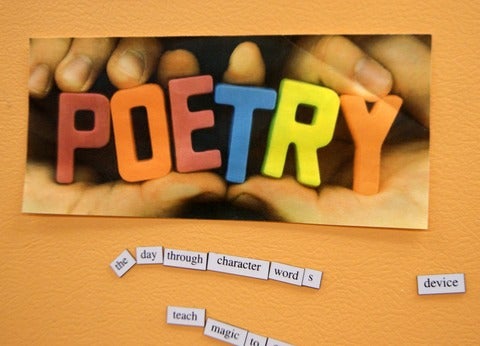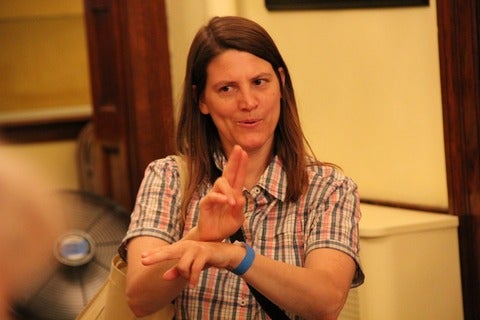How to keep your reader intrigued
Within the first seven seconds of meeting someone, the average person will already have formed a first impression. Now, this could be due to a variety of reasons such as body language, tone or appearance. On the other hand, when it comes to writing, first impressions are formed differently. The first couple of pages give the reader a fairly good idea of whether they would like to continue or not. Here are a couple of tricks to keep the writer engaged.








